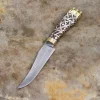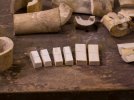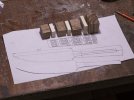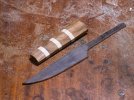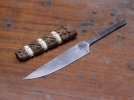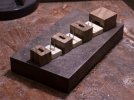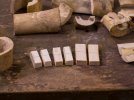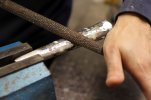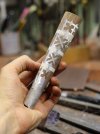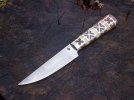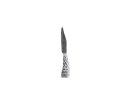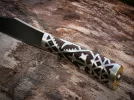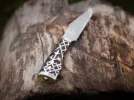michalmelichercik
Knifemaker / Craftsman / Service Provider
- Joined
- May 13, 2024
- Messages
- 8
Hello everyone. My name is Michal Melicherčík. I am a maker of traditional shepherd’s knives from Slovakia and the Carpathian region. I’ve been following this forum for quite a long time as a passive reader. After years, I decided to purchase a membership and also actively contribute. Here are some of my latest works.
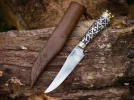
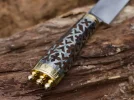
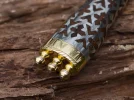
blades: 125mm ELMAX uddeholm. handles of plumwood and walnut wood, pewter inlay 120mm

blade: 120mm Bohler N690, handle: walnut wood, pewter inlay an bone.
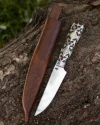



blades: 125mm ELMAX uddeholm. handles of plumwood and walnut wood, pewter inlay 120mm

blade: 120mm Bohler N690, handle: walnut wood, pewter inlay an bone.

Last edited:



